How do gas pumps know when to stop pumping?
The short answer
A gas pump nozzle has a little hole leading to a pipe with a balloon (or similar device) at the end. When the tank has filled up, gasoline reaches this hole and causes a change in pressure that causes the balloon to slightly deflate. The balloon deflating triggers an automatic-shutoff of the flow of gas.
The long answer
It's not an electronic sensor. It's not a laser. A gas pump nozzle can sense when a tank is full and shut off because of physics and a clever mechanical device.
To understand how gas pumps know when to stop pumping, let’s venture into the physics first with ... the Venturi effect.
The physics
The Venturi effect is most simply explained with a garden hose. If part of a garden hose is compressed, there is change in both the pressure and speed of the water. As the water passes through a choke point, the pressure decreases and the speed increases. You'll be familiar with this concept if you've ever put your thumb on the end on the garden hose in order to have the water flow out faster.
Pay close attention to the pressure effect here. When there is a choke point, there is a reduction in pressure on one end. Keep this in mind as we move on to the mechanical device.
The mechanics
If you look up the nozzle of a gas pump, you'll notice that there is a tiny hole:
This hole is leading up a separate tube into a Venturi device in the gas pump nozzle. At the other end of the tube is a balloon. Here's how the device works:
When the tank is not full and gasoline is flowing out of the nozzle, there is air flowing into the hole leading to the balloon. Because the entire pipe and balloon is filled with air, the pressure is even and the balloon remains blown up.
But once the tank is full, gasoline closes off the hole that was previously just taking in air. Since the density of gasoline is greater than air, the tube experiences a change in pressure. As a result, the balloon deflates. This is similar to how if you're sucking air from a straw and then put a finger on the end of it, your cheeks suck inwards.
The balloon is connected to the gas pump’s automatic-shutoff device. So when it deflates, it sets off a trigger to shut off the flow of gasoline.
Curious about how the world works?
Today You Should Know is a free, weekly email newsletter designed to help you learn something new every Friday.
Subscribe today 👇
Sources
Benson, M. (2019, December 2). The Venturi effect explained. EngineeringClicks. https://www.engineeringclicks.com/the-venturi-effect-explained/
BrainStuff - HowStuffWorks. (2013). How Does A Gas Nozzle Know When To Shut Off? Retrieved June 25, 2023, from https://www.youtube.com/watch?v=TFKOD3KRkZs.
Independent Media. (2019, April 6). The Venturi Effect. Tech FAQ. https://www.tech-faq.com/venturi-effect.html
Tiwari, A. (2022, July 8). How Does The Gas Pump Automatically Shut Off When The Tank Is Full?. Science ABC. https://www.scienceabc.com/pure-sciences/how-does-the-gas-pump-automatically-shut-off-when-the-tank-is-full.html




